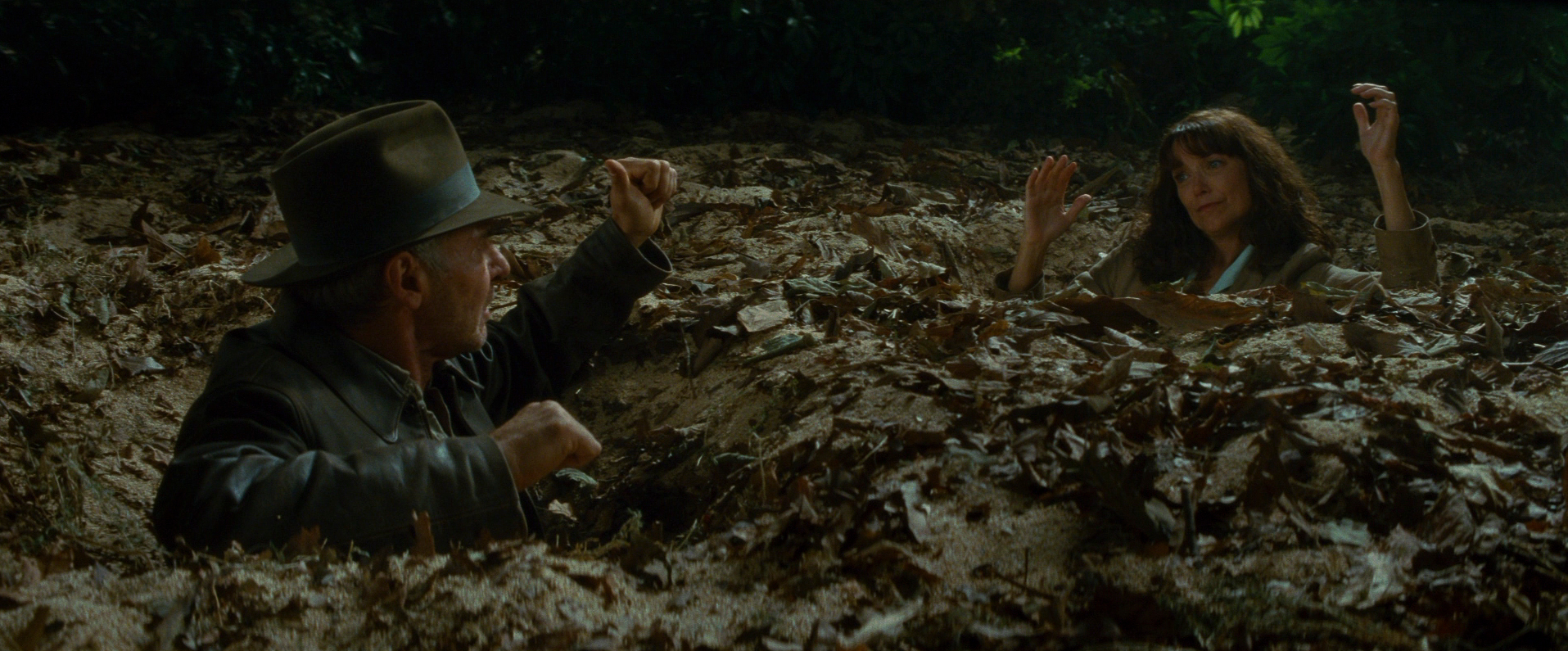We’ve seen hundreds, maybe even thousands (ok calm down, it’s not a competition) of B2B comms briefs. And as a result we’ve created a decent portfolio of B2B work, but more importantly we’ve watched. We’ve watched hours of B2B content and there is a handful of stand-out content. Looking at you Nuvei.
The opportunity to stand out in B2B is so much higher than B2C, simply because creating attention grabbing, distinctive content hasn’t been at the forefront of B2B priorities. Or where it has, it’s then often watered down by a few well intentioned *ahem* contributions…
So, let’s look at 3 ways B2B content falls short, so you can avoid them:
1. Why So Serious?
Plenty of B2B briefs we receive have ‘be an authority on…’ or ‘be seen as experts in…’ Both absolutely valid ambitions. Unfortunately, translated into video this has meant they’ve mistaken being an expert or authority with being serious. Serious to the point of sanitised.
Serious lends itself to the rational, checklists of features and benefits. But profit increases when creative operates on an emotional, rather than rational level*.
What we forget is that the eyes at the other end of that content belong to a human. Human beings like to be entertained. That doesn’t mean you have to incorporate humour (although the data would suggest you might**). It means you have to take your audience on a journey with you. Make them feel part of something. Or just, make them feel something - full stop.
Humans are wired to understand stories, so adding a classic storytelling structure is a good place to start.
*According to Les Binet & Peter Field’s The Long & the Short of it.
**Kantar’s Link-ad testing database found that humour is the most powerful creative enhancer of receptivity.

2. The Trope Trap
It’s easy to fall into the classic stock footage montage to tell your brand’s story. Overused metaphors of tall glass buildings to represent sky high ambitions, fibre optic cables to communicate speed, wind farms to show a commitment to the planet. And before you know it, the video cardinal sin has been committed - showing and telling, at the same time. It’s dull, and it’s everywhere. But we get it - it’s hard to keep creative ambitions high when every stakeholder in the business wants their ‘most important priority’ represented.
It’s already hard to grab peoples’ attention. Even flashes of overused stock footage immediately camouflage B2B content.
To avoid the trope trap brands must be singular. Can you answer ‘what is the single most important thing this content must communicate?’

3. Playing the Hero
Thanks to that focus on features and benefits B2B brands often end up taking on the role of 'hero' in their video. The world’s fastest courier, or most reliable parts supplier, software that swoops in and solves your integration challenges. Put down the cape, because you’re not the hero in your story, the audience is.
Your audience needs to be at the heart of your story. It’s easy to forget this, especially if you think of your audience as a bunch of stakeholders, or a faceless corporation holding the PSL keys. But your audience remains a human, or several humans and you need to take the role of guide. You’re more Gandalf than Frodo. Obi-Wan not Luke. You get the gist.

Brand nirvana is actually showing how your product or service helps transform the hero of the story.
So – here’s our challenge to you - Business-to-business is ultimately still, human-to-human. To succeed brands need to leave dull at the door take some tricks straight out of the B2C playbook.
Alternatively, you can talk to us about our bag of tricks.
